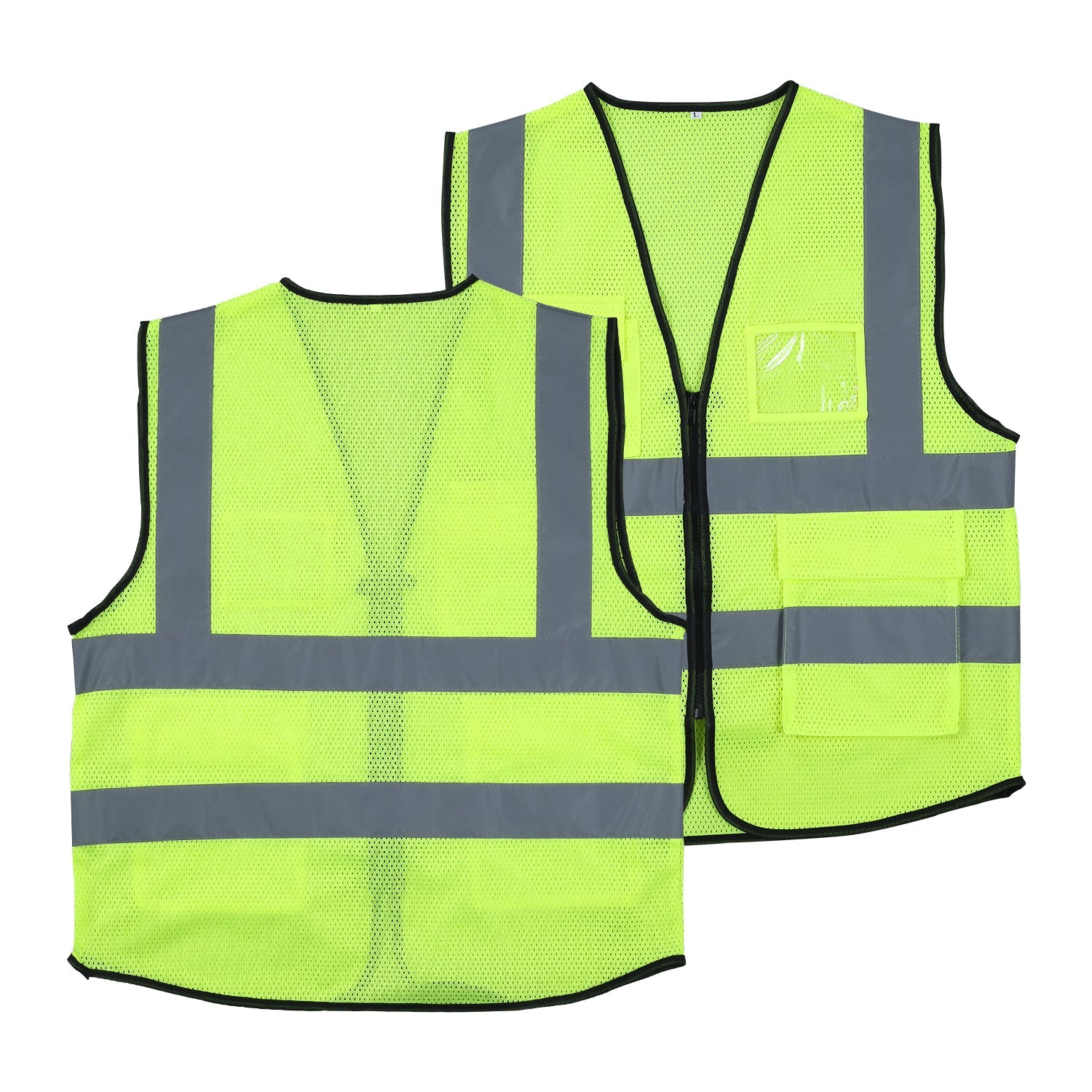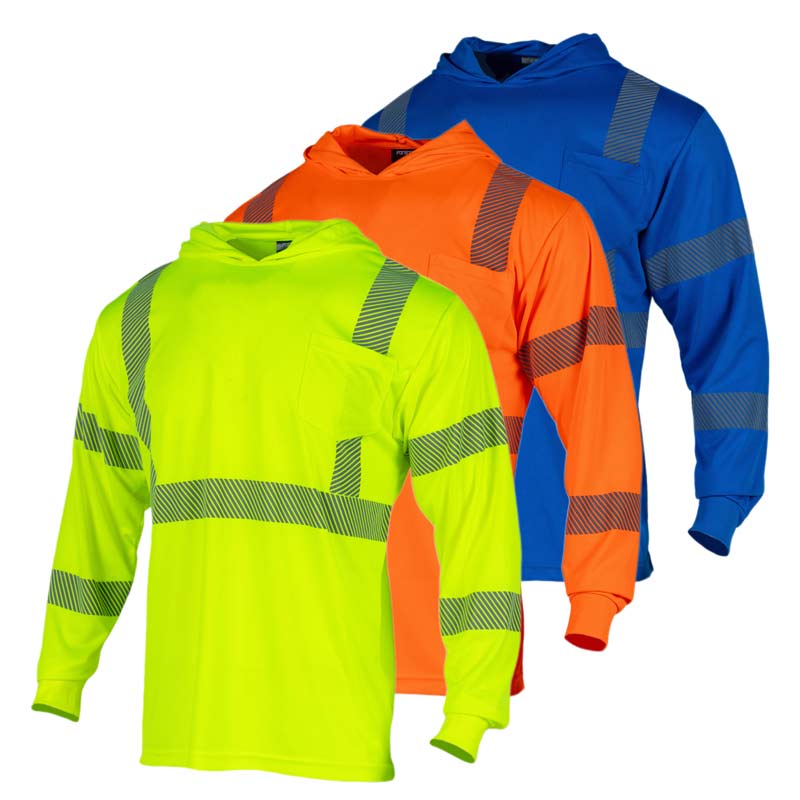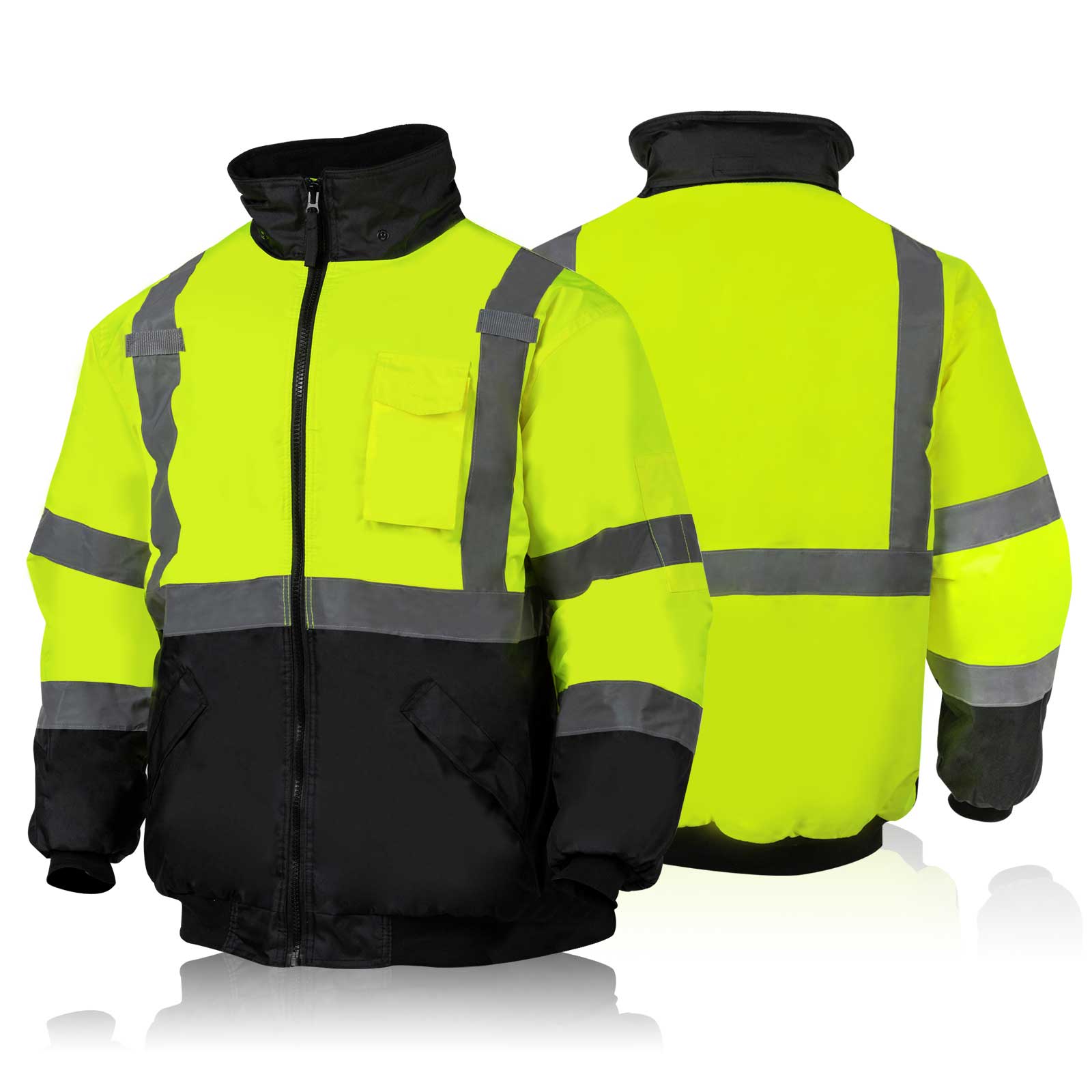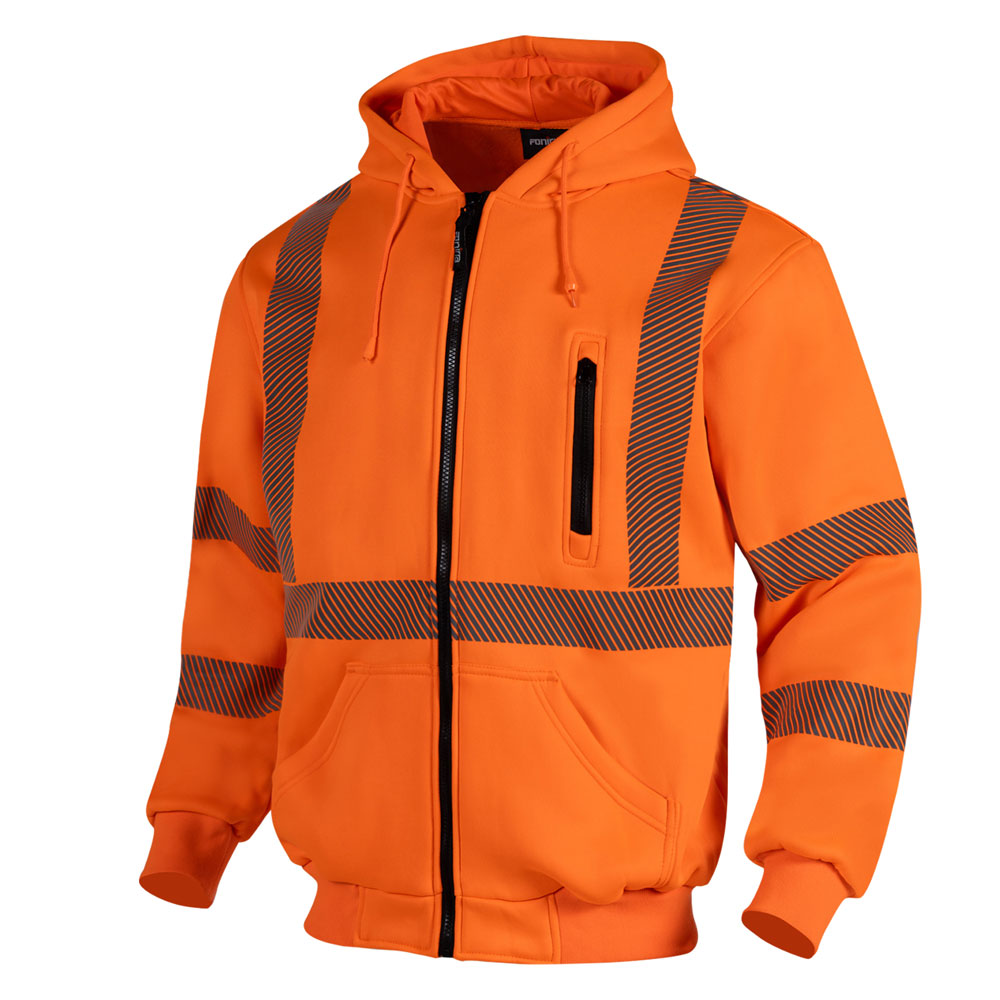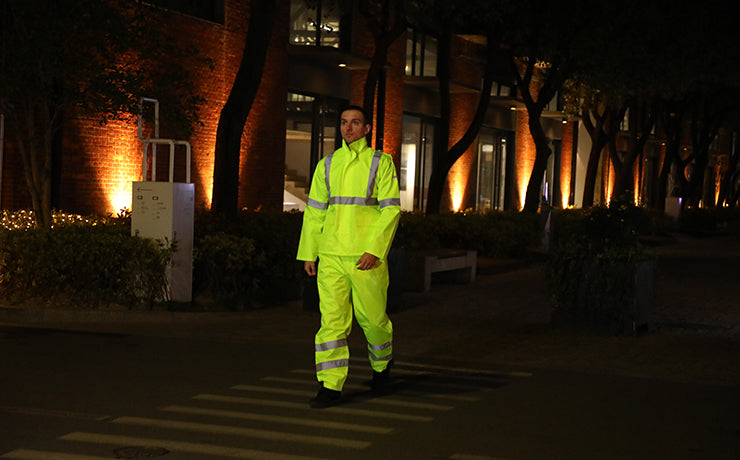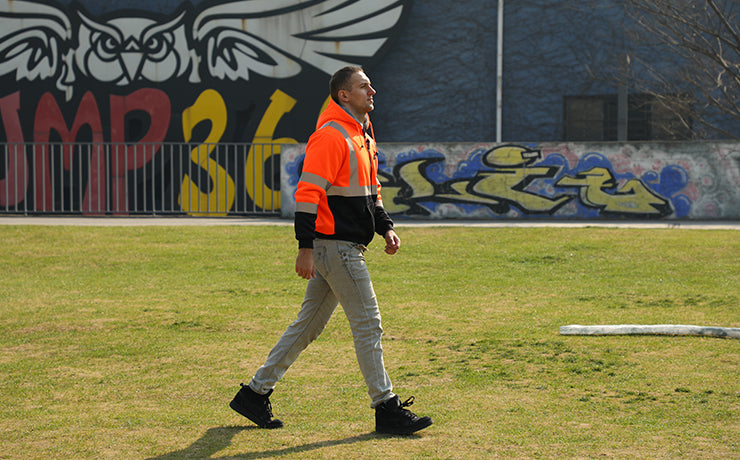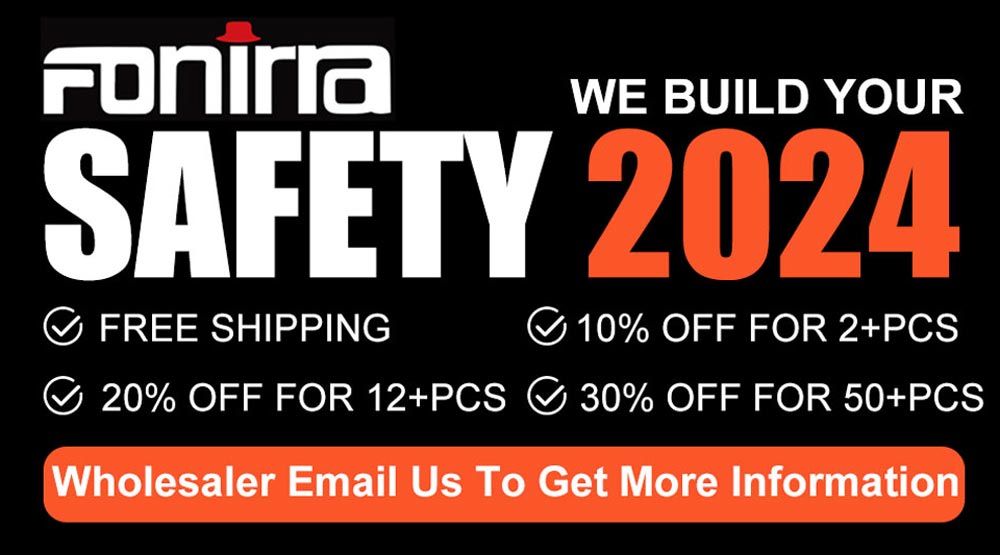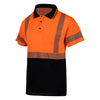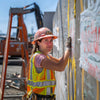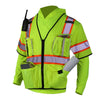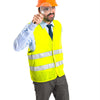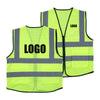Are Black Safety Vests OSHA approved? Let's find out!
When we talk about staying safe at work, especially in places like construction sites or on the road, wearing the right kind of safety gear is super important. That's where OSHA, or the Occupational Safety and Health Administration, comes in. They set the rules to make sure workers are safe.
Lately, there's a new trend: black safety vests. They look cool, but do they meet OSHA's standards? Let's dive in and find out!
OSHA Safety Vest Requirements
OSHA has some clear guidelines about safety vests. These are not just any vests; they're special kinds called 'high visibility safety vests.' The main point of these vests is to make sure that people can see you clearly, even from far away or in low light.
This is super important in places like highway work zones or construction sites where it's easy to miss seeing someone.
Now, let's talk about the 3 different classes of high visibility vests:
-
Class 1 Vests: These are for areas with less traffic and where speeds are slow. You'll see parking attendants or warehouse workers wearing these.
-
Class 2 Vests: These are a step up, offering more visibility. Delivery people or crossing guards usually wear these.
-
Class 3 Vests: These offer the maximum visibility. If you're working in really dangerous conditions or around a lot of moving traffic, this is what you need.
Each class, determined by the ANSI standard, of vest has specific features like reflective strips and bright colors like safety yellow or fluorescent orange-red to make sure you stand out.

Why are Black Safety Vests Becoming Popular?
Black safety vests are catching on for a few reasons:
-
They Look Good: Let's be honest, black clothing has a cool, expensive, and versatile look.
-
Dirt Less Visible: On a practical note, black hides dirt and stains better than lighter colors.
But here's the thing – while black vests might look stylish and stay clean-looking longer, they might not be as visible as the bright fluorescent vests we're used to. This is a big deal when it comes to safety. Reflective tape and high visibility material are crucial, especially in hazardous conditions or inclement weather.
Are Black Safety Vests OSHA Approved?
Black safety vests can be OSHA-approved if they meet certain visibility and design requirements. While OSHA standards emphasize high visibility, particularly through the use of fluorescent yellow and orange colors, black safety vests can also be compliant.
They must, however, incorporate features like reflective tape and conform to ANSI/ISEA 107-2020 standards for HVSA, ensuring visibility in various light conditions.
-
Visibility and Reflectivity: For a black safety vest to be OSHA compliant, it must include retroreflective materials that reflect light back to its source. This feature enhances visibility in low-light or nighttime conditions.
-
Performance Classes: Black safety vests should align with the required performance classes outlined in the ANSI/ISEA 107-2020 standard, ensuring they are suitable for the specific work environment and risk level.
-
Customization: Customization of safety vests, such as adding logos or text, is permissible as long as it does not compromise visibility and performance requirements.
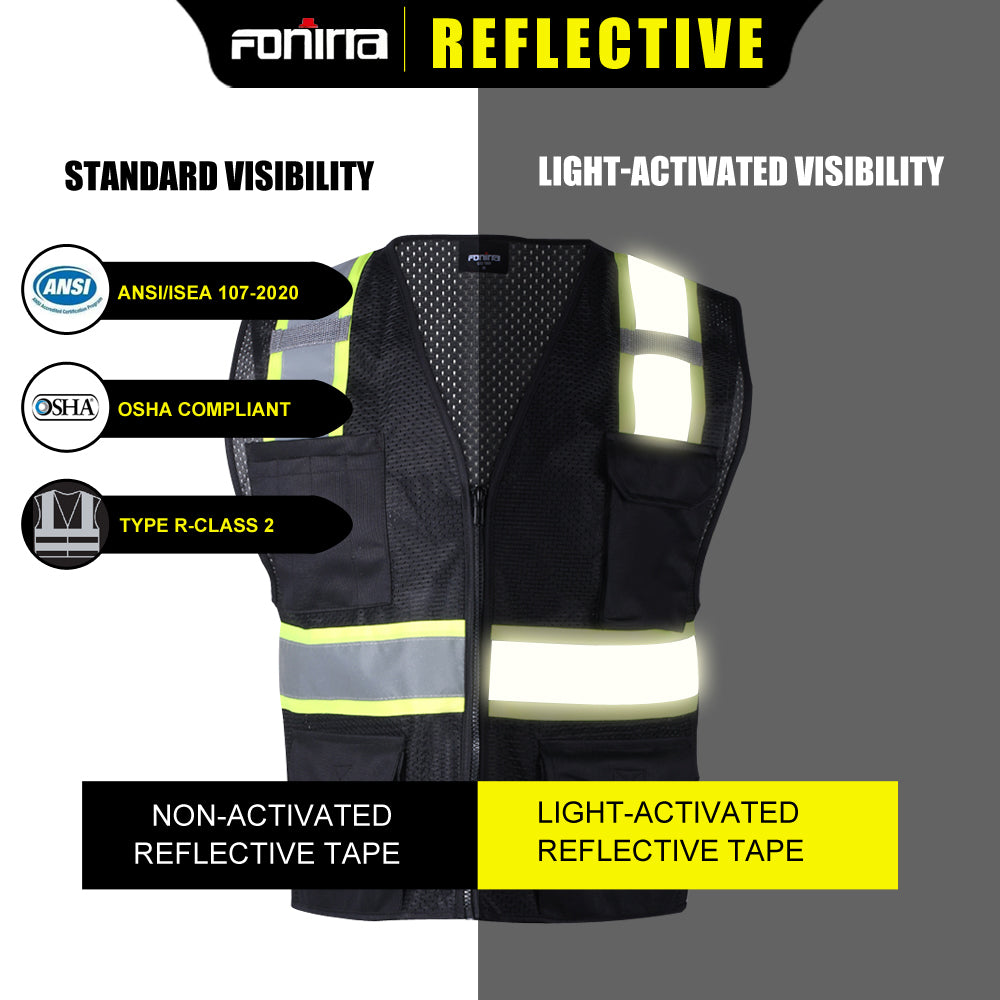
Industries and Occupations for Black Vests
While traditionally high visibility vests in fluorescent colors are mandated for high-risk environments like road construction or traffic control, black safety vests have their unique applications:
-
Event Management and Hospitality: Due to their sleek and professional appearance, black safety vests are often used in industries where worker appearance is key, such as event management or hospitality.
-
Security officers: Security teams tend to use black safety vests to increase their visibility in dark lightings but still be subtle enough to blend with their surrounding.
-
Branding and Style Considerations: Black vests offer branding opportunities, as company logos and text are more prominent against the dark background. This makes them suitable for industries where branding and style are important.
What are the OSHA-Approved High-Vis Colors?
OSHA, following the guidelines set by the American National Standards Institute (ANSI), particularly endorses certain colors for high visibility safety apparel (HVSA). These approved high visibility colors are primarily:
-
Fluorescent Yellow: This bright color is highly visible in various lighting conditions and backgrounds, making it a common choice for HVSA.
-
Fluorescent Orange: Similar to fluorescent yellow, this color provides excellent visibility and is frequently used in HVSA, especially in traffic and road construction environments.
These colors are chosen for their ability to stand out against most backgrounds and in different light conditions. The effectiveness of these high visibility colors is crucial in ensuring the safety of workers in hazardous environments such as construction sites, roadways, and other areas where visibility is paramount.
Enhancing Workplace Safety: The Role of High Visibility Safety Gear
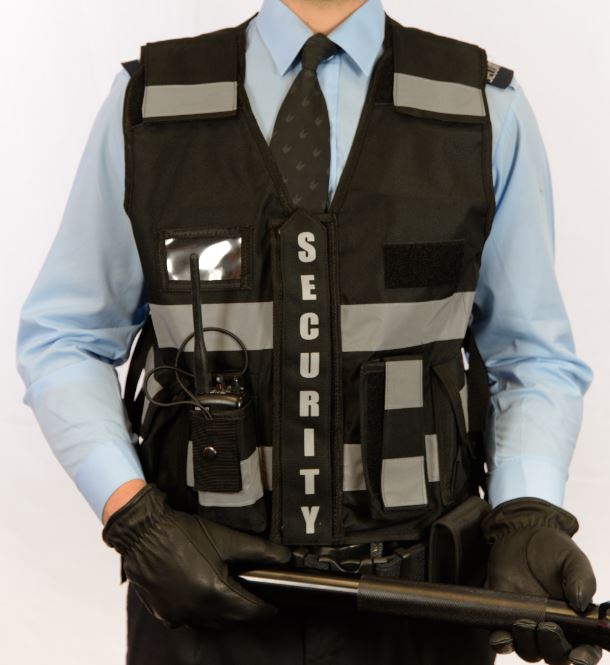
source: Secta Training Academy
In ensuring workplace safety, particularly in environments like construction sites and roadways, the use of high visibility (hi vis) clothing is paramount. OSHA requires workers in these high-risk areas to wear safety vests that are highly visible and reflective. These hi vis vests, often in fluorescent yellow-green, safety yellow, or fluorescent orange, play a crucial role in maintaining worker visibility and safety.
Black High Visibility Vests and Reflective Safety Vests
While traditional hi vis vests are known for their fluorescent material, there's a growing trend of black high visibility vests. These vests, though black in background material, are equipped with reflective tape and fluorescent color accents to meet OSHA standards.
They provide a stylish alternative without compromising safety. The reflective material, especially retro-reflective tape, is a critical feature, ensuring that the wearer is visible even in low-light conditions.
A prime example of this trend is seen in products like the Fonirra Hi Visibility Safety Shirts in Black Reflective Construction Long Sleeve, which can be found here. These shirts incorporate the essential elements of high visibility safety apparel, featuring retro-reflective tape that plays a crucial role in maintaining visibility in low-light conditions.
ANSI Standards and OSHA Requirements
Compliance with ANSI standards is a key aspect of safety gear. ANSI-approved reflective vests, whether in the standard fluorescent red, yellow-green, or the unconventional black material, must conform to ANSI Class II or Class III conformity standards.
This classification indicates the level of visibility provided by the vest, with Class III offering the highest visibility suitable for the most hazardous environments, such as major construction sites.
Safety Gear Across Various Occupations
Different job roles on a job site might require varying levels of visibility. For instance, parking attendants, security personnel, or those in less hazardous areas may wear ANSI Class I vests, which provide minimum visibility requirements but are sufficient for their roles. In contrast, workers in extremely hazardous zones, like major road construction, require Class III vests to ensure maximum visibility.
Conclusion
While the trend of black safety vests adds a touch of style and practicality, it's clear that high visibility clothing remains a cornerstone of workplace safety. Whether it's a reflective vest in safety orange, fluorescent yellow, or even sleek black, adhering to ANSI safety standards is non-negotiable.
These standards ensure that every high visibility vest, regardless of its color, provides the necessary visibility to keep workers safe. Ultimately, while fashion and functionality can coexist in safety gear, the priority must always be the visibility and protection of the workers in hazardous environments.
-
Posted in
class 2, product guide

